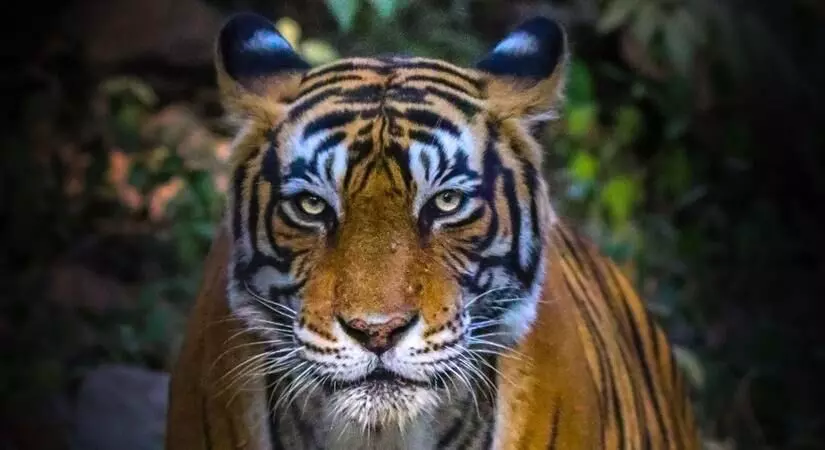Population of big cat in India grows from 2,967 in 2018 to 3,167 in 2022

Representational Image (Photo: IANSLIFE)
Guwahati, April 10: On the completion of 50 years of Project Tiger that was established in 1973 with the objective of utilising the tiger’s functional role and charisma to garner public support and resources for preserving representative ecosystems, Prime Minister Narendra Modi released the latest figures of tiger census in the country on April 9.
According to the census there has been a steady rise in the number of big cats. As per the statistics, the number of tigers in the country has increased to 3,167 in 2022 from 2,967 in 2018.
In 2006, there were 1,411 tigers in the country; in 2010 census 1,706; and in 2014 census 2,226.
PM Modi released the Tiger Census while inaugurating the International Big Cat Alliance in Karnataka’s Mysuru, the first of its kind in the country, organised to mark 50 years of Project Tiger.
Modi stated that the number of tigers has increased by 75 per cent in the last 10 years. India has the 70 per cent of tiger population of the world. The numbers are going to increase, he said.
The countries have taken an oath to double the number of tigers at the Tiger Forum held at St. Petersburg in Russia. India has reached the goal before deadline, Prime Minister Modi stated.
According to the summary of the report, the fifth cycle of All India Tiger Estimation (2022) covered forested habitats in 20 states of India. A foot survey of 6,41,449 km was done for carnivore signs and prey abundance estimation. In these forests, 3,24,003 habitat plots were sampled for vegetation, human impacts and ungulate dung. Camera traps were deployed at 32,588 locations, resulted in 4,70,81,881 photographs of which 97,399 were of tigers. The total effort invested in the survey was over 6,41,102 man-days.
A total of 3,080 individual tigers (> 1 year of age) were photo-captured (Table 2) which is larger than the ones captured in 2018 (Table 3). The minimum population estimate is 3,167 individuals, the reports stated.
